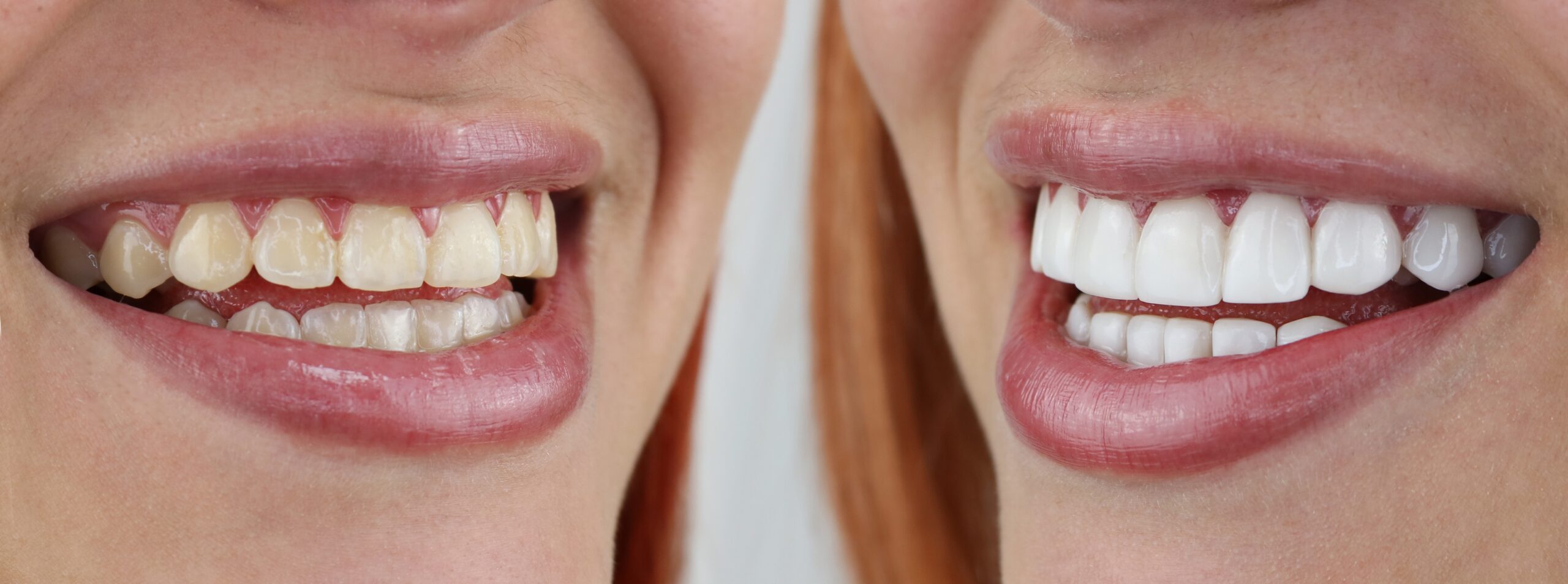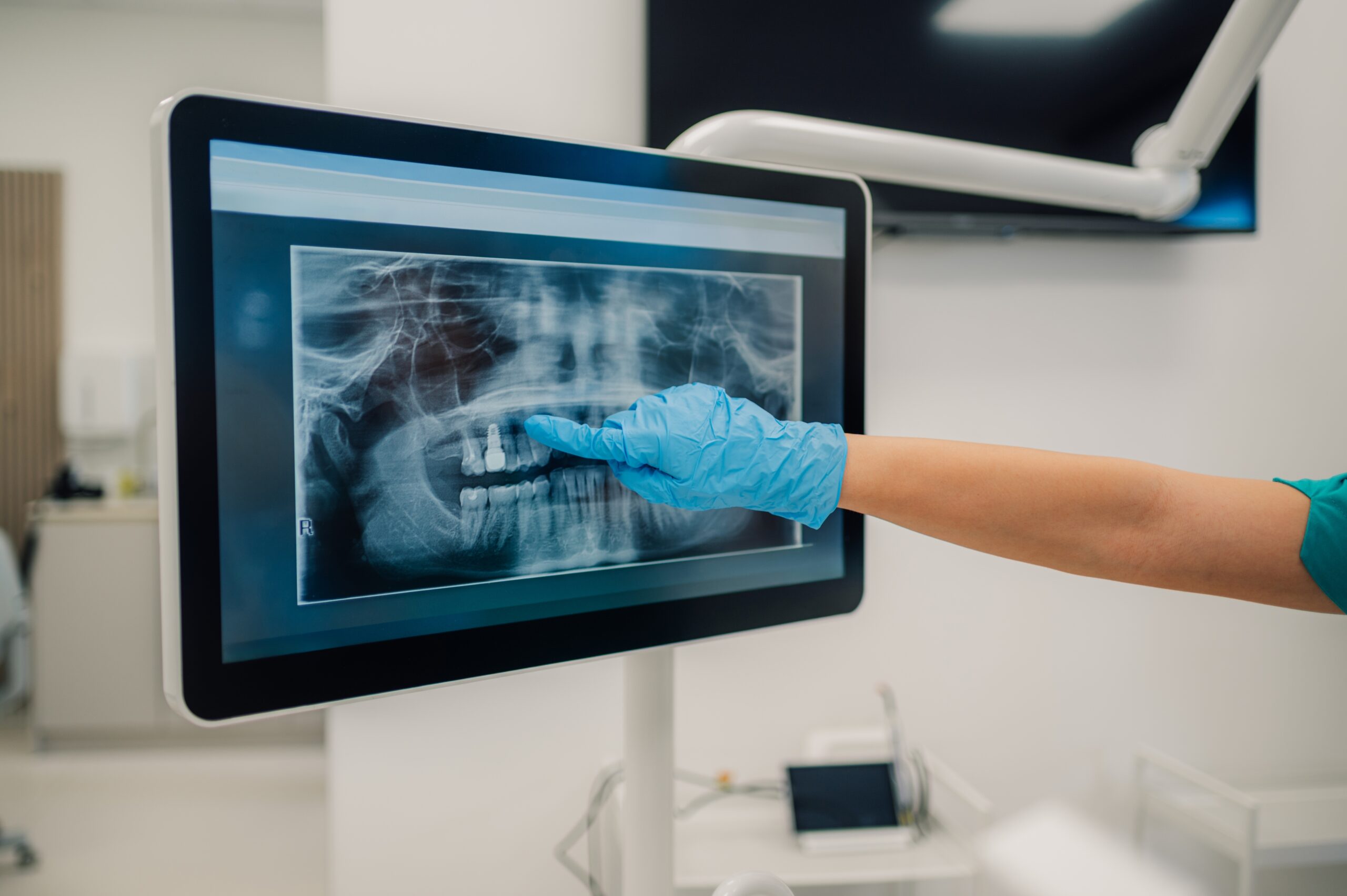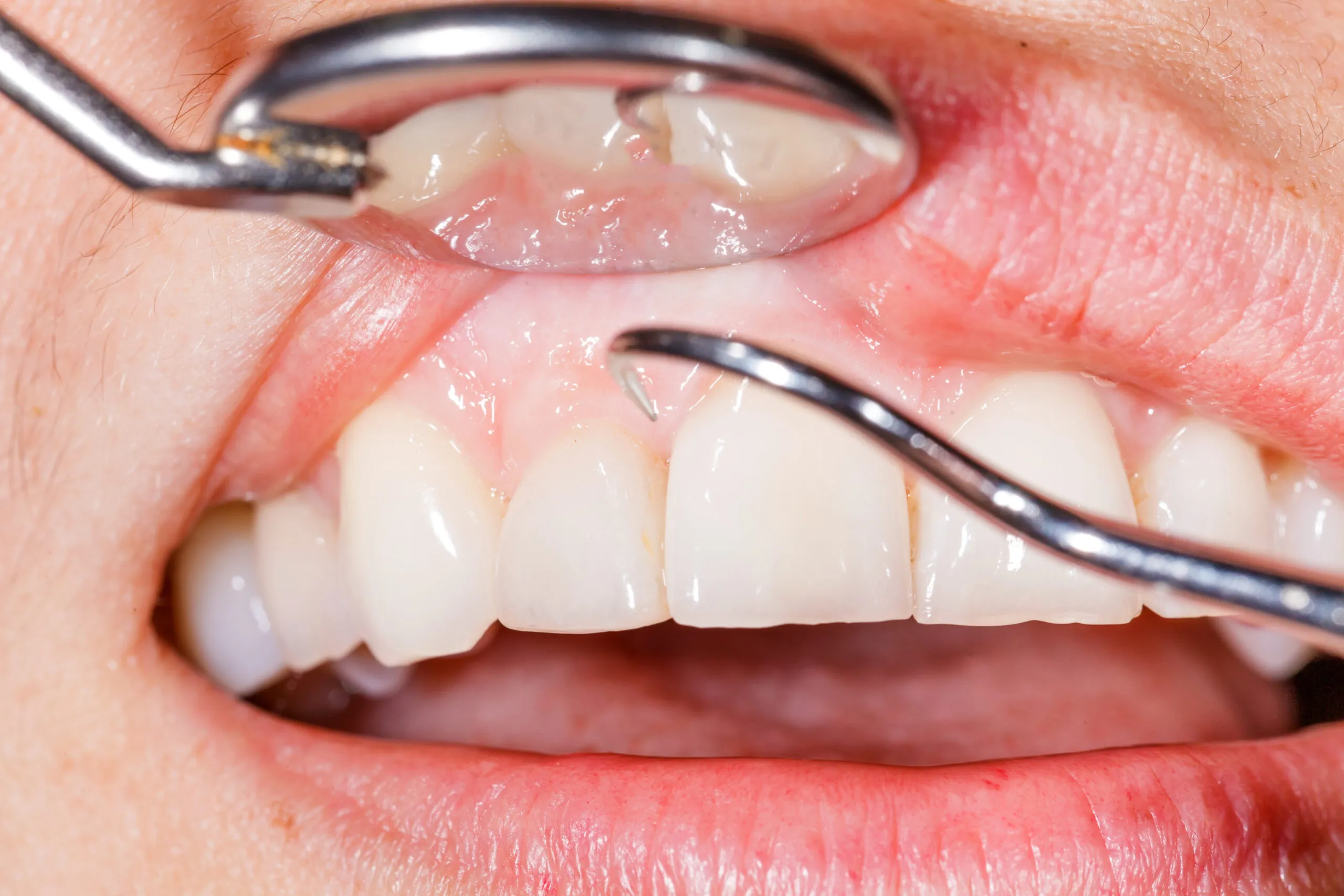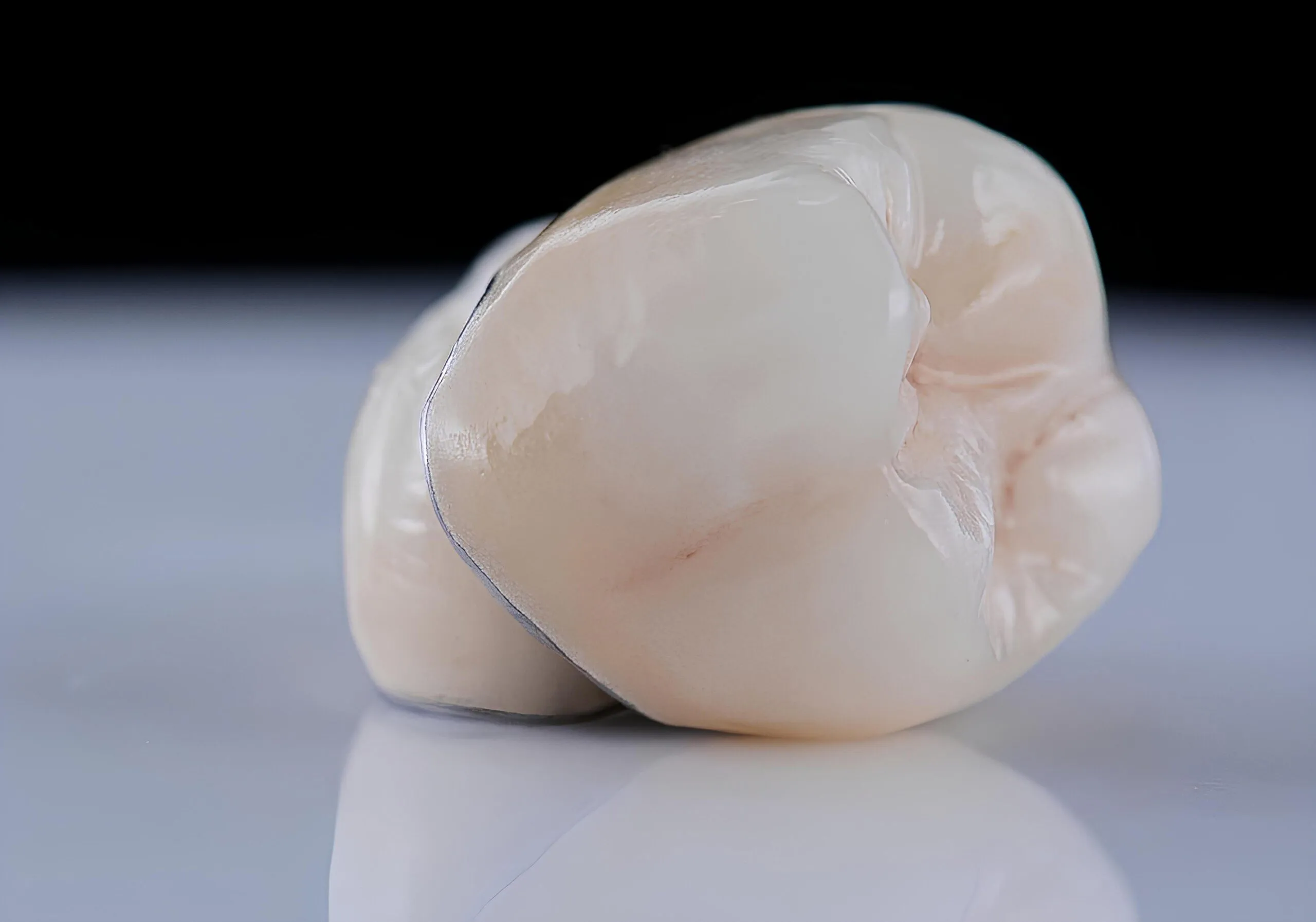Gum disease is a leading cause of tooth loss among adults. Nearly half of Americans over the age of thirty have gum disease in some form. Fortunately, it’s a treatable condition at Harris Dental in Phoenix.
What do your gums do?
Gum tissue has an important job. It protects the roots of your teeth and provides a barrier for the connective tissues and ligaments that hold your teeth in their sockets. It also protects the alveolar bone in which your teeth are anchored.
What is gum disease?
Gum disease is inflammation and infection of this soft tissue. It starts with inflammation. Gums become swollen and tender. Early stage gum disease is called gingivitis. If it progresses, the gums pull away from the teeth, developing pockets. This more severe condition is called periodontitis or periodontal disease.
Signs of gum disease include:
- Swollen gums
- Receding gums
- A change in the color of gums
- Loose or shifting teeth
- Pain and tenderness
- Changes in your bite
As serious as gum disease is on its own, it also puts you at risk of conditions like heart disease. The good news is that gum disease is 100% preventable with regular brushing and flossing, and dental checkups.
At Harris Dental in Phoenix, we treat gum disease and provide complete general dentistry. Patients come to our office from Queen Creek, Scottsdale, Mesa, and throughout the area. Please call to schedule your next checkup today!
CONTACT HARRIS DENTAL:
LOCATION (TAP TO OPEN IN GOOGLE MAPS):







